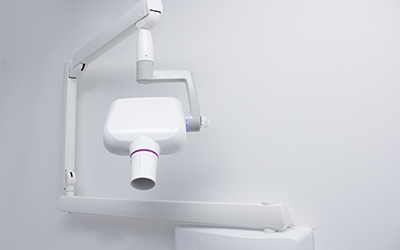Image Credit:
Image Credit:

Some people avoid the dentist and justify it by telling themselves that they brush and floss daily, so their teeth must be healthy! This goes double if you’re not having any tooth pain. However, a lack of pain doesn’t always mean there isn’t a problem brewing just below the surface. Dental cavities can be sneaky, and if you wait until you feel a toothache to visit the dentist, a small filling can turn into a tooth infection and a root canal. Dental cavities that develop between the teeth, officially known as interproximal cavities, are the sneakiest of all!
Interproximal cavities are diagnosed through the use of a bite-wing X-ray. This is an integral part of early detection and diagnosis, allowing Dr. Josh Kelly to see the severity of the dental cavity. Some cavities can be detected visually, but without an X-ray image, the depth of the dental cavity will remain a mystery.
There are a few signs that point to the possibility of a dental cavity between the teeth. These symptoms can include:
The best thing you can do to prevent any dental cavity is to practice good oral hygiene. This means brushing twice a day, flossing every day, and visiting Severance Dental every six months for a dental cleaning and a checkup. Our family dentist is happy to set up appointments for the whole family!
We don’t only care about your smile, We care about you! Follow us on our blog to review trending topic and resources for oral care.